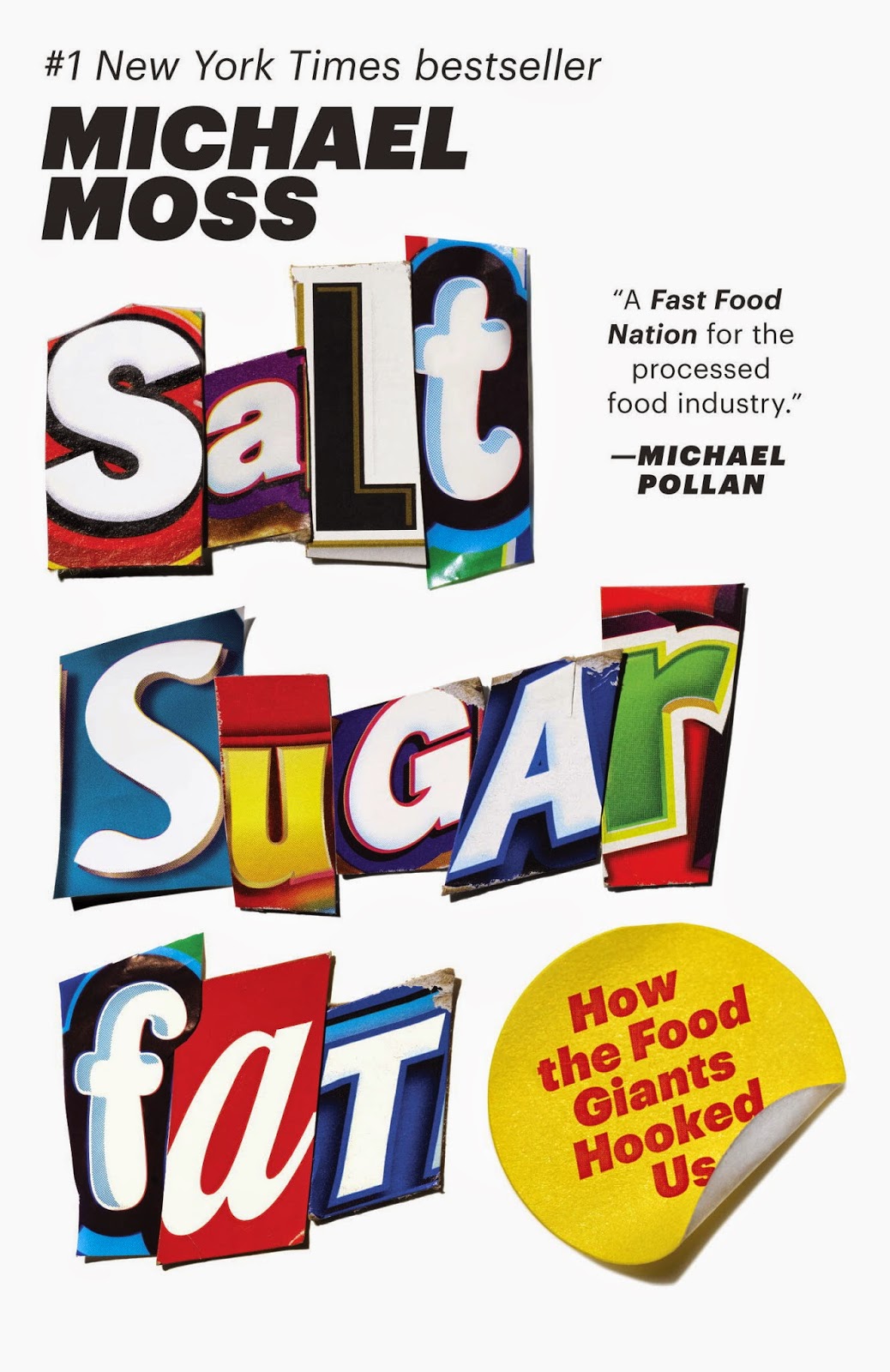Assumptions about international commodities markets lead to unintended consequences....
U.S. Corn Exports to China Dry Up Over GMO Concerns
Cargill, ADM Split With Seed Makers Over Stalled Shipments of Genetically Modified Grain
 |
| courtesy Wall Street Journal |
China's tougher stance on imports of genetically modified corn is roiling U.S. agribusiness, largely halting trade in the biggest U.S. crop in its fastest growing market. By one industry estimate, exports are down by 85% compared with last year.
The rejections have hurt grain-trading companies such as Cargill Inc. and fueled frustration with what some U.S. executives say is Beijing's opaque regulatory process when its clout as an importer is growing. China is the world's fastest-growing market for corn.
Some U.S. industry observers suspect China is using concerns over the Syngenta product to cover
commercial motives.
In the first full tally of the impact, a U.S. grain-industry group says the rejected shipments have come to nearly 1.45 million metric tons. That is far more than the 545,000 tons that Beijing has reported and the roughly 900,000 tons that has circulated in news media.
The rejected shipments have cost grain companies $427 million from lost sales and reduced prices for China-bound shipments that must be resold elsewhere, the National Grain and Feed Association says in a report to be released as soon as Friday. The figure includes corn and related products. China's scrutiny of the Syngenta product also has affected the price of corn and soybeans, translating to hundreds of millions of dollars in losses for farmers, according to the report.
The trade association, which bases its tally on data from exporting companies, says U.S. corn exports to China have dropped to just 171,000 tons since January, down 85% from the same period last year.
Industry executives say the issue has hobbled U.S. corn exporters as they face heightened competition from other countries, such as Ukraine and Brazil.
"It's a watershed-type of moment," says Gary Martin, president of the North American Export Grain Association, which also represents U.S. commodity merchants and whose members contributed data to the study. "It's pretty dramatic if the U.S. can't supply the Chinese market."
Cargill, one of the world's biggest agriculture companies, this week said China's rejections were a main factor behind a 28% decline in its latest quarterly earnings.
Big seed companies such as Syngenta,
Monsanto Co.
MON -0.13% and
DuPont Co.
DD +0.15% generally are aligned with traders like Cargill and
Archer Daniels Midland Co.
ADM -1.23% in the desire to grow and sell as much grain as possible. The traders have embraced farmers' use of genetically modified seeds, introduced in the U.S. in 1996, which proponents say have helped increase yields.
But the seed companies and traders now are debating who should shoulder the costs for the rejected shipments.
The North American Export Grain Association, which includes ADM and Cargill, has called on seed companies to fully bear the risks and liabilities from selling their products. It also has objected to introducing seeds with genetics that haven't secured approvals in major markets. Grain groups have called on Syngenta to stop selling such seeds until China grants approval.
Syngenta has rejected those calls and this year introduced a new corn seed that China hasn't approved. The company declines to say if the seed companies should bear financial responsibility for rejected shipments.
The episode reflects international discord over genetically modified seeds, which are altered to make them resistant to pests or to certain herbicides.
Critics say genetically modified crops cause increased use of some chemicals and could pose health concerns. Some countries, particularly in Europe, maintain tighter restrictions on genetically modified seeds than does the U.S., where such seeds are used for 90% of the corn crop.
China has approved some types of genetically modified crops, but its approval process often takes longer than in other big countries, U.S. industry executives say. China also allows its port officials to reject an entire cargo of corn if even one kernel has an unapproved gene, exporters say.
China, long a significant importer of soybeans, suddenly has become
a major corn buyer. It purchased an estimated 5 million tons of foreign corn last year, up from 47,000 tons in 2008, according to the USDA.
China began rejecting shipments of U.S. corn in November after tests found that some cargoes contained Agrisure Viptera, a Syngenta strain engineered to produce proteins that ward off bugs such as the corn borer and black cutworm.
Syngenta has sold Viptera since 2011 to farmers in the U.S., Argentina and Brazil, with their governments' approval. The Basel, Switzerland, company says it submitted the product for Chinese approval in 2010.
China's Agriculture Ministry is evaluating Syngenta's application, which was incomplete, the agency says.
Syngenta says it submitted additional information last month.
Some people in the U.S. agricultural industry suspect that Beijing has competitive motives. Chinese officials have voiced concern about overreliance on U.S. corn, which makes up more than 90% of its corn imports. Nearly all of China's corn is homegrown, however, and the country harvested its own bumper crop last year.
"It's 100% economics," says Karl Setzer, a market analyst for MaxYield Cooperative in West Bend, Iowa. "If China was facing a corn shortage or really needed the corn, it wouldn't be a problem, because they've probably been importing that [Syngenta variety] for the last three years."
A spokesman for China's embassy in the U.S. says it reviews imports according to relevant laws and regulations and that the review process for genetically modified crops "is open and transparent."
Exports account for only about 12% of the U.S. corn crop, but China's rapid growth gives the country an outsize influence over prices.
Grain traders say Syngenta and other seed companies should be cautious about selling farmers seeds that aren't approved in major markets such as China. Cargill, ADM and
Bunge Ltd.
BG +0.35% , another big grain trader, have restricted their purchases of corn grown with the Syngenta seeds, to help avoid further disruptions. Still, the grain-company executives say it is impractical for them to police which corn is grown with which seeds when the crops are purchased from farmers.
Syngenta this year started selling a new corn variety called Duracade in the U.S. that the company says isn't likely to be approved in China until next year at the earliest. Syngenta says farmers need the new corn it has introduced to combat insects that are resilient to established pesticides.
Taking the products off the market "would mean that it is the Chinese regulatory system—currently not functioning in a predictable or timely manner—which will decide which tools are going to be available to U.S. corn growers in the future," David Morgan, Syngenta's director for North America, has written to grain groups.
Some people say the grain industry needs to get better at trading products geared toward certain buyers. Gavilon LLC, a Nebraska grain-trading company owned by Japan's
Marubeni Corp.
8002.TO +0.15% , approached Syngenta this year about a commitment to buy Duracade corn. That would provide a market for farmers who bought the seeds but risk rejection by other grain companies.
"The issues with [Syngenta's] Viptera last year, that was no good for the industry overall," says Greg Konsor, vice president of grain for Gavilon. "As a grain industry…we can do a better job."
—Chuin-Wei Yap and Tony Dreibus contributed to this article.











































